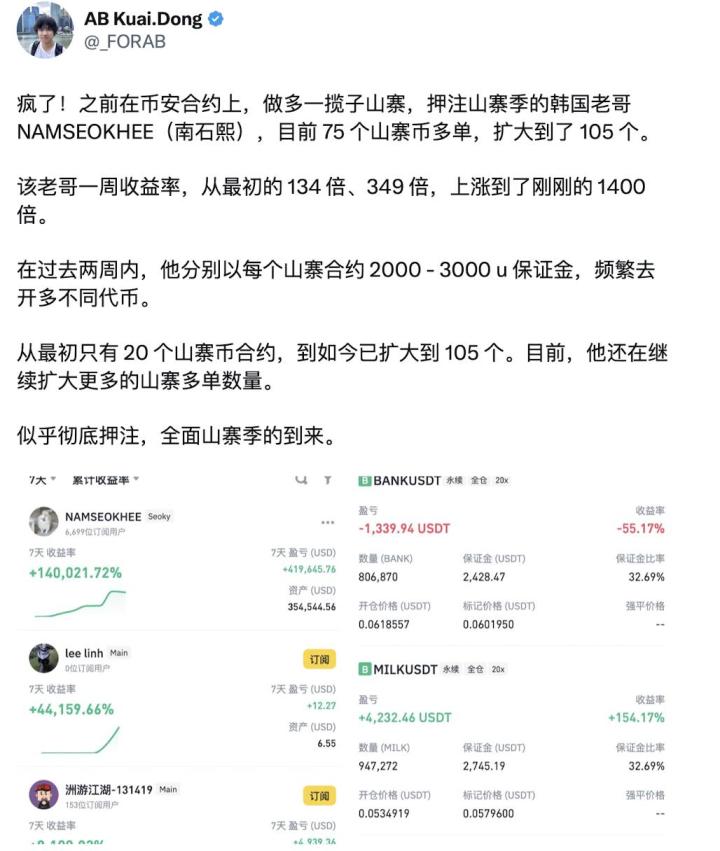Bitcoin Exchange Traded Funds (ETFs) recorded over 400 million USD in net inflows yesterday. This is the largest single-day net inflow these funds have seen since May 28.
This capital flow demonstrates new confidence from institutional investors, sparking optimistic sentiment in the cryptocurrency market.
Strong Increase in Bitcoin ETF Demand
Tuesday witnessed a significant increase in demand for US-listed Bitcoin Spot ETFs, with net inflows rising to 431.12 million USD, a 12% increase from the previous day's 386 million USD.
 Total net inflows into Bitcoin Spot ETF. Source: SosoValue
Total net inflows into Bitcoin Spot ETF. Source: SosoValueETF capital inflows are a key indicator of broader market appetite, suggesting institutional investors are positioning for further growth. The increase in ETF demand occurs amid optimism that the leading cryptocurrency, BTC, could soon reclaim the 110,000 USD level, with some traders targeting its potential return to the All-Time-High.
Yesterday, BlackRock's IBIT led with the highest daily net inflows, totaling 337 million USD, raising its cumulative historical net inflows to 49.11 billion USD.
Fidelity's FBTC recorded the second-highest daily net inflows at 67.07 million USD, increasing its cumulative historical net inflows to 11.68 billion USD.
BTC Price Remains Stable, but Futures Contracts and Options Signal Caution
With gradually increasing profit-taking, BTC's spot price remained quite stable over the past 24 hours. At the time of writing, the king of cryptocurrencies was trading at 109,601 USD, recording a slight 0.11% increase.
Meanwhile, the open interest in its futures contracts has decreased, signaling a decline in trading activity. At the time of writing, this figure was 75.33 billion USD, a 1% decrease from the previous day.
 BTC Futures Contract Open Interest. Source: Coinglass
BTC Futures Contract Open Interest. Source: CoinglassOpen interest refers to the total number of unsettled derivative contracts, such as futures or options, that have not been resolved. The decline in open interest signals reduced trading activity or profit-taking, as traders close existing positions.
In BTC's case, the slight decrease in futures contract open interest indicates an early stage of profit-taking among traders who held long positions during the recent price surge. If this trend continues, downward price pressure on the currency will intensify.
Furthermore, the options market sentiment is also cautious. Demand for put options has increased, suggesting a slight return of price decline expectations.
 BTC Options Open Interest. Source: Deribit
BTC Options Open Interest. Source: DeribitTherefore, although ETF inflows paint an optimistic macro picture, short-term price action and derivative positioning suggest a potential cooling-off period as investors take profits.







